Where to buy T8 48-inch bulbs with over 3000 lumens?
johnndc
18 years ago
Featured Answer
Sort by:Oldest
Comments (7)
shrubs_n_bulbs
18 years agojohnndc
18 years agoRelated Professionals
Ballwin Landscape Architects & Landscape Designers · La Marque Landscape Architects & Landscape Designers · Aurora Landscape Contractors · Framingham Landscape Contractors · Gresham Landscape Contractors · Lexington Landscape Contractors · North Highlands Landscape Contractors · Palm Beach Gardens Landscape Contractors · Parkland Landscape Contractors · Framingham Fence Contractors · Lake Zurich Fence Contractors · Palm Harbor Fence Contractors · Ramona Fence Contractors · Shorewood Fence Contractors · Tulsa Fence Contractorsshrubs_n_bulbs
18 years agojohnndc
18 years agoPerfection_Is
18 years agograhambo
18 years ago
Related Stories
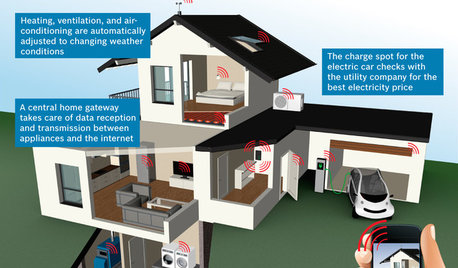
THE HARDWORKING HOMECES 2015: Inching Toward a Smarter Home
Companies are betting big on connected devices in 2015. Here’s a look at what’s to come
Full Story
REMODELING GUIDESWhere to Splurge, Where to Save in Your Remodel
Learn how to balance your budget and set priorities to get the home features you want with the least compromise
Full Story
HOME TECHHere's a Bright Idea: Smart Bulbs for Better Lighting
Lightbulbs that can change brightness and color with a cell phone command show flashes of design brilliance
Full Story
GARDENING GUIDES6 Unsung Bulbs for Fall Planting
Don't hang up your spade after summer — plant these unusual bulbs in fall for a spectacular spring show
Full Story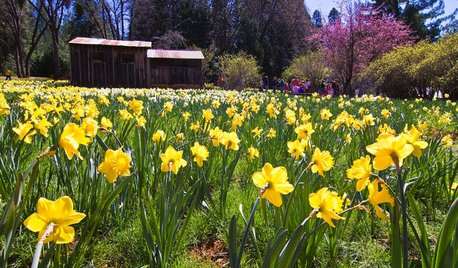
GARDENING GUIDES7 Bulbs That Flourish in Mild Climates
Fall planting: For gardens that don't see harsh winters, different guidelines for choosing and planting spring-blooming bulbs apply
Full Story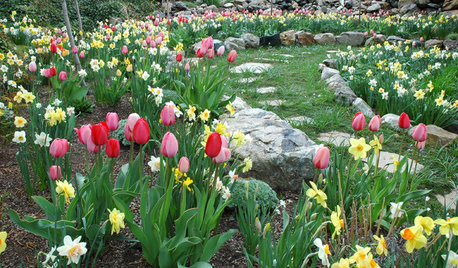
GARDENING GUIDESGardening With Kids: How to Plant Bulbs
You don't need expertise to get flowering bulbs in the ground in fall — but kids will feel like gardening pros come spring
Full Story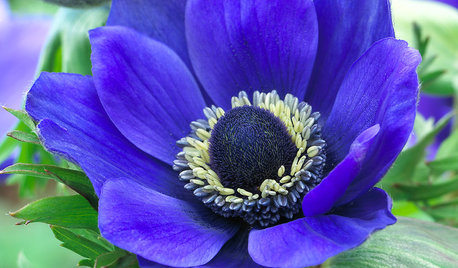
FALL GARDENING6 Splendid Blue-Flowering Bulbs
How do you blue? With colors from sky to cobalt, these bulbs will greet you merrily in a spring garden
Full Story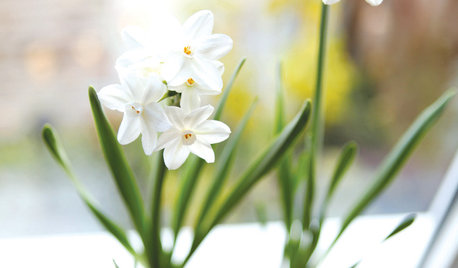
DIY PROJECTSHoliday DIY: Mason Jar Forced Bulbs and Evergreen Gift Tags
Learn how to make these winter projects from the book ‘Garden Made’ by Stephanie Rose
Full Story
HOUSEPLANTSHow to Force Amaryllis Bulbs Indoors
Enjoy vibrant red blossoms even as gardens turn snowy white, by teaching this hardy repeat performer to ignore the calendar
Full Story
MOST POPULAR9 Reasons to Buy a Painting
No print or poster can rival the power of an original painting, chosen by you, for where you live
Full StoryMore Discussions






ndavis1280